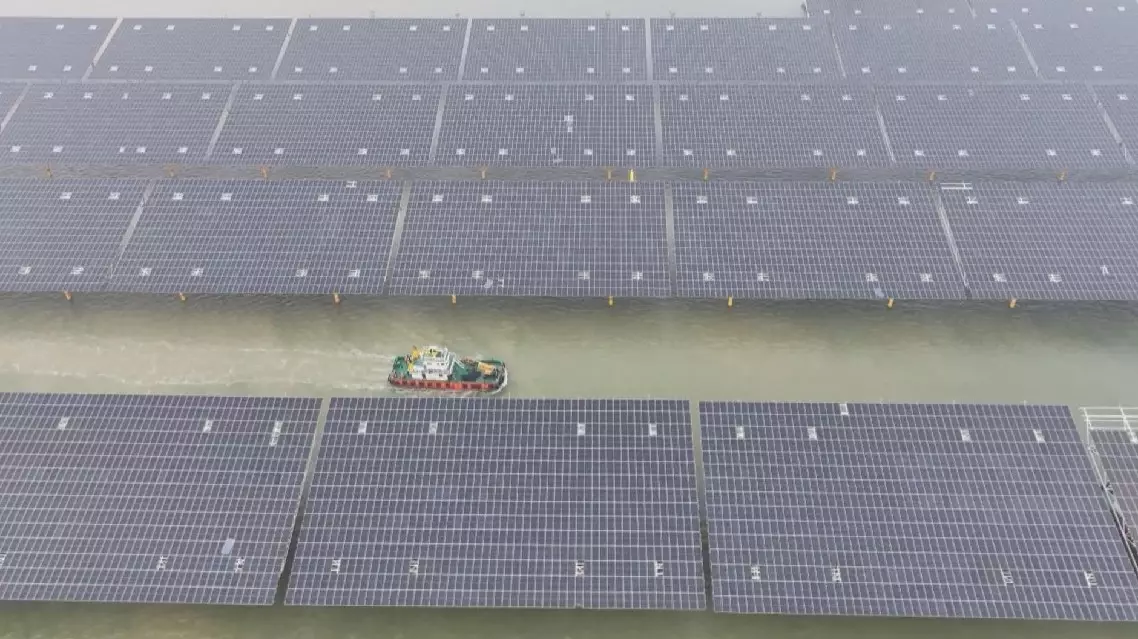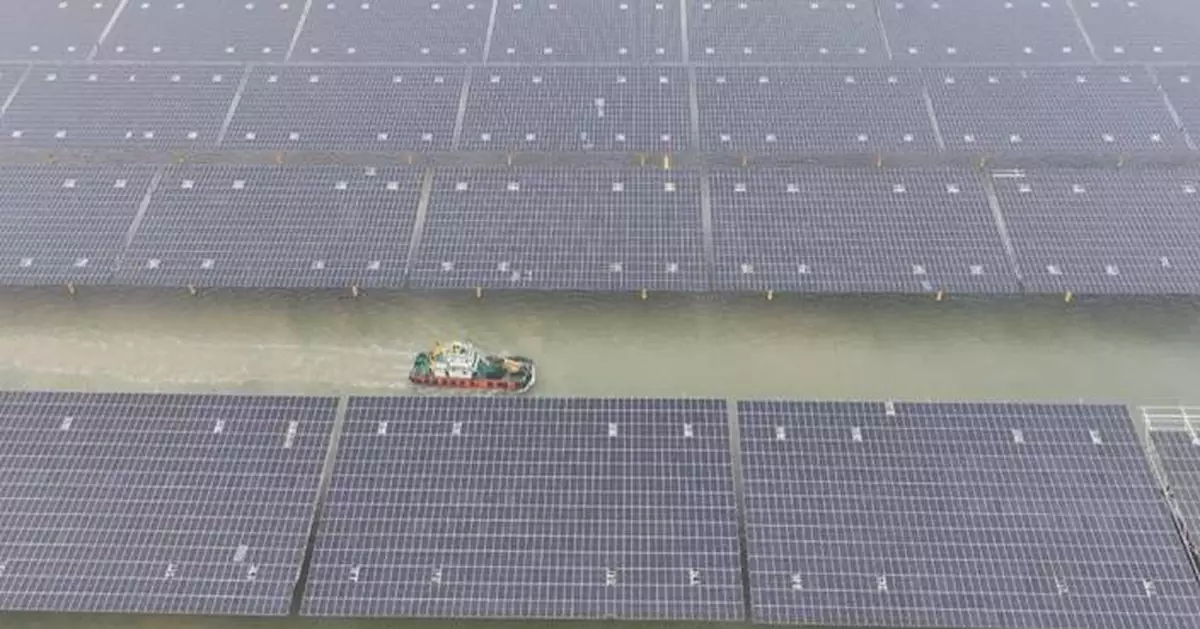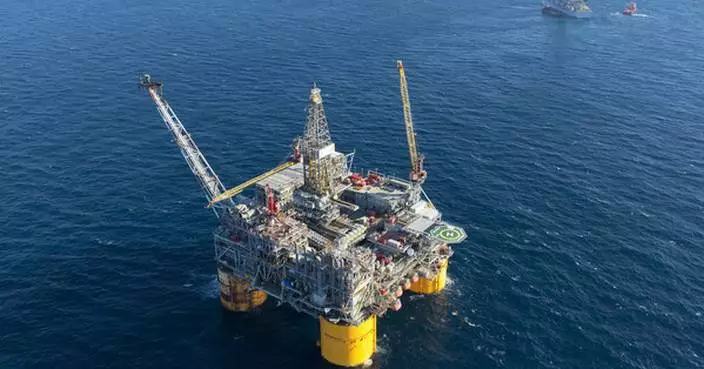China’s first million-kilowatt level offshore photovoltaic project was successfully connected to the national power grid, according to China Energy on Wednesday.
Located in the offshore area eight kilometers from Dongying City of Shandong Province, the one-million-kilowatt offshore photovoltaic project has seen the completion of the first 300 photovoltaic platforms, arranged in five rows extending towards the deep sea. Each platform measures 60 meters in length and 35 meters in width, equivalent to the size of five standard basketball courts. The entire project will require the installation of 2,934 such photovoltaic platforms.
This project is currently the largest open-sea offshore photovoltaic project in China, covering an area of approximately 1,223 hectares. It is the first project to apply 66-kilovolt undersea cables and long-distance land cables to offer greater transmission capacity at lower costs.
"Once fully connected to the grid, the annual power generation is estimated to reach 1.78 billion kilowatt-hours, roughly meeting the annual electricity consumption of 2.67 million urban residents in China, saving approximately 503,800 tons of standard coal and reducing carbon dioxide emissions by 1.347 million tons," said Wang Lin, project manager of Shandong Kenli Project.
In contrast to traditional land-based photovoltaic farms where solar panels are typically assembled on-site, offshore photovoltaic farms require a unique approach. The initial assembly phase for offshore installations begins on land. Here, workers meticulously assemble both the solar panels and their supporting structures before transporting the entire unit to the site using tugboats. Once on location, the solar panels are then carefully lifted and mounted onto four pre-installed steel piles, ensuring the stability and functionality of the offshore photovoltaic array.
While only two meters of the steel piles are above the water surface, approximately 23 meters are submerged below, with 17 meters anchored into the seabed. The piles are coated with a special anti-corrosion primer, ensuring a lifespan of over 30 years. Moreover, the platform can withstand strong winds and sea ice as thick as 25 centimeters.
All the photovoltaic panels in this project face south, with a precisely calibrated tilt angle of 15 degrees. This angle maximizes the panels' exposure to sunlight. These double-sided panels not only capture direct sunlight from above but also utilize light reflected from the sea surface. This design enhances the power generation of each panel by around three percent.

China's first MW-level offshore PV farm successfully connected to grid

China's first MW-level offshore PV farm successfully connected to grid




















































